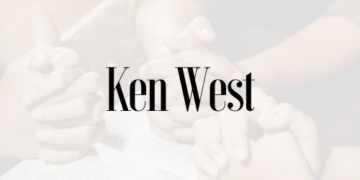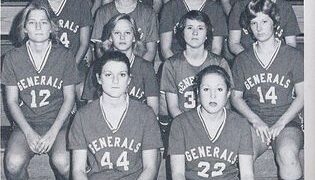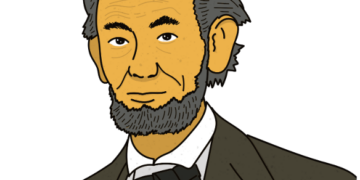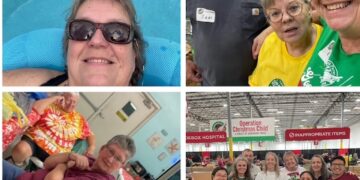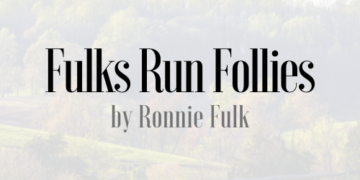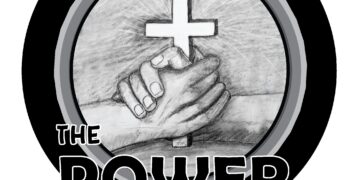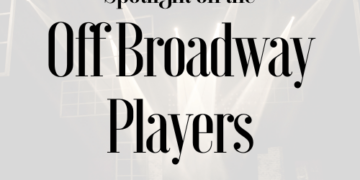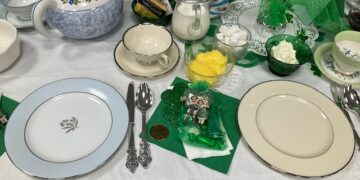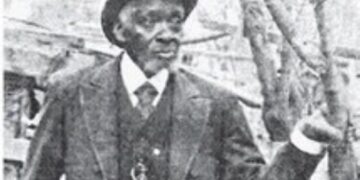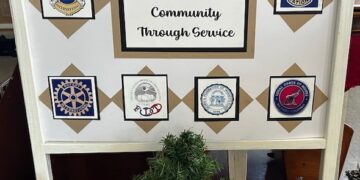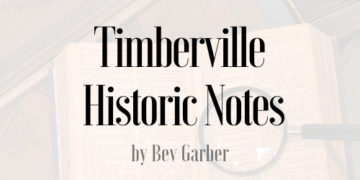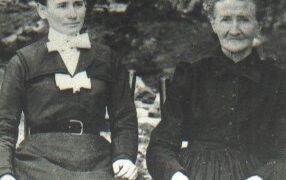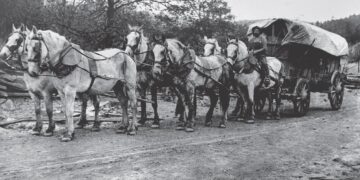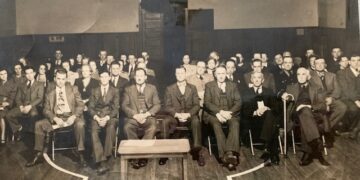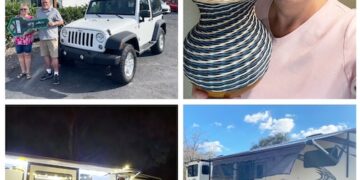The cold weather we had recently reminded me of my once in a lifetime trip to Bethel, Alaska. The business part of the trip involved troubleshooting a problem with a hospital incinerator. The amazing part of the trip was the journey and the beauty, as well as my introduction to the Yup’ik Eskimo culture. Even though Alaska is our 49th state, this isolated community seemed like a foreign country. As the transportation and service gateway for the region, Bethel (population 6500) is the biggest city in western Alaska. Located 400 miles west of Anchorage, it is only accessible by air and river. I should have known this trip was going to be a little different when a fellow traveler during a flight delay in Minneapolis said “Oh, you’re going to Bethel – I’ve never been out in the bush”.
After the long night flight over Canada, I thought we were going to land on the ice floats in Cook Inlet until the landing lights at the end of the runway came into view. I would spend the night in Anchorage and take a flight the next morning to Bethel. I didn’t know at the time; the Iditarod dog sled race would begin later that same day. Wish I could have stayed to see the start.
For the flight to Bethel, a short bodied 737 carried both cargo and passengers. There was a petition about halfway through the cabin separating passengers in the front, from the cargo in the back. There is no highway system to Bethel, Alaska. All supplies are delivered by air. Local ground travel outside of town in the winter is mostly done on the frozen rivers and lakes.
My visit occurred in March and coincided with a so called “heat wave”. Temperatures were well below freezing at night but above freezing during the day. With less snow to insulate the ground, utilities were freezing in Anchorage, and travel on the normally frozen rivers and lakes was dangerous.
Bethel was not at all what I expected. The airport was small and looked more like a bus terminal. Nothing but a bare room with a few seats. There was mud everywhere (I was glad I wore my Rocky’s)! Outside under a roof, luggage from the plane was unceremoniously placed on a roller conveyer, like you might see at a poultry plant. If you didn’t get to your bags by the time they were pushed to the end, they landed on the muddy floor. After collecting my bag and tool case, I made the short walk through the mud and snow to the car rental. Paperwork in order, I went out to find my transportation for the week.
The car, like everything else was covered with mud up to the windows. Somewhat amused, I loaded my gear and drove 10 miles on the only paved road to my destination. There was enough time left in the day to stop at the hospital and evaluate what needed to be done. The 40 bed (as of today with an expansion) Yukon-KusKoKwim Delta Regional Hospital is the medical hub for a region the size of Oregon. It appeared odd, because it looked like a tube built on stilts. In fact, all building structures have to be built on pylons or stilts due to the permafrost. Similar to houses on a beach, the foundation has to go down to solid footing. Western Alaska is frozen tundra. Water, sewer and other utilities are in insulated tubes above ground.
My memory is a little fuzzy, but I originally was set to stay at a local motel for the week. Rumors of cockroaches, dirt, faulty fire alarms and drunks, along with the horrified looks at the car rental agency, convinced me to look for other accommodations. Finally, at the end of the day, I drove in and out of mudholes until I found the B & B where I ended-up staying most of the week. At the B & B there was a steep set of steps leading up to an alcove prior to entering the main house. The alcove was lined on both sides with coats and boots. Just inside the alcove was a big sign that stated REMOVE YOUR SHOES BEFORE ENTERING! The room was plain but comfortable.
The Alaska native culture was prevalent everywhere. In the bit of spare time available, I visited the Yupiit Piciryarait Museum, which I found out later held artifacts that are unique to the world. I was the only one there. Even the gift shops were unique. You could buy lots of handmade native art, including really beautiful (but expensive) jewelry made from local natural materials. What really blew me away was the jewelry made from woolly mammoth ivory. It seems that during rare times of warmer weather, when the permafrost thaws, the remains of woolly mammoths are exposed.
Since it is very unlikely, I will ever make it back to that part of the world again, I do have a few regrets. First, for whatever reason, I didn’t get to see the northern lights. And at the airport in Bethel, I just missed seeing Ted Nugent.
R.D. Cullers
Graduate of Bergton Elementary (Class of ’65)
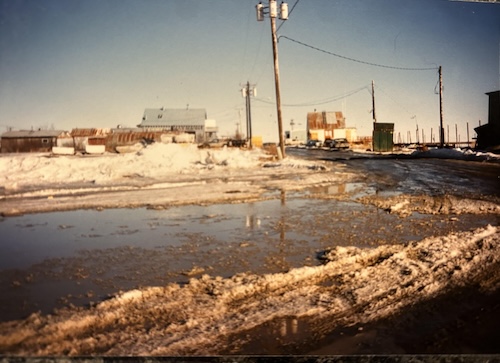
Typical street in downtown Bethel (photo by Randy Cullers)
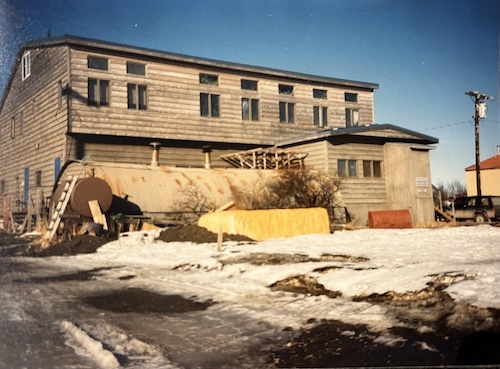
Bentley’s Porterhouse Bed and Breakfast (photo by Randy Cullers)

